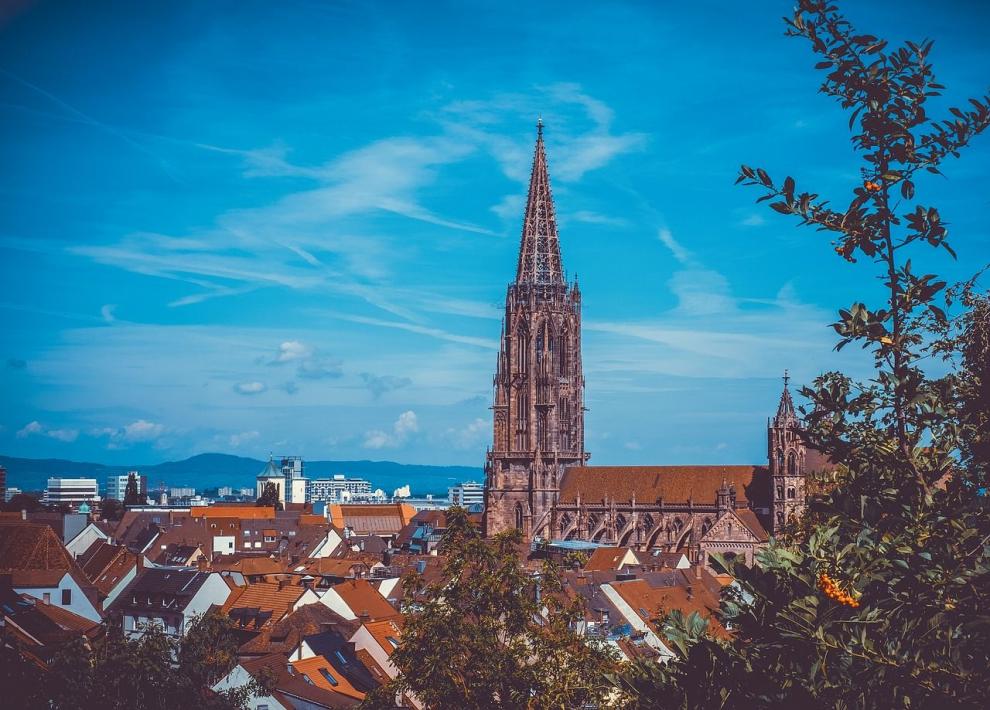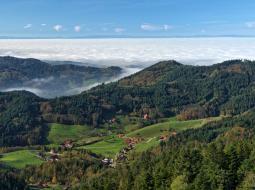Thessaloniki gets ready for its metro launch in November
The underground rapid transit lines have been under construction for almost two decades due to various project delays
 TheMayor.EU logo
TheMayor.EU logo 
Freiburg was founded in the year 1120 by Konrad and Duke Berthold III of Zähringen as a free market town - as its very name suggests, with “Frei” meaning “free” and “burg” translating into “town” or “city”.
Located at a strategic location connecting a multitude of trade routes between the Mediterranean and North Sea regions, Freiburg quickly grew in size and population. By the year 1200 it already boasted 6000 citizens.
The silver mines in the region were one of the most important factors for the initial development of the city but Freiburg quickly grew into vital academic and educational focal point. As a university city and commercial centre, Freiburg attracted many high-profile members of societies over the centuries and remained a bastion of Catholicism amid the Reformation.
Over the years, however, the many wars fought in the regions surrounding Freiburg took its toll on the city. Among the most disastrous of them were the Thirty Years’ War which saw the displacement and death of over 10,000 of the city’s residents and the Second World War during which the city suffered heavy bombings from Allied forces.
Freiburg stretches over an area of 153.07 km2 and boasts a population of some 230,000 citizens (according to 2019 data). The city itself is divided into a total of 41 districts and borders the region of Kaiserstuhl to its west, Schönberg and Tuniberg to the south and the mountains of Rosskopf and Bromberg to the east.
Freiburg is the region’s economic center. The service sector as well as the public service sector dominate the local economy. Being a university city, Freiburg’s largest employer is the local university with the university hospital, followed by numerous state and subordinate authorities.
Freiburg is also a hub for environmentally friendly technology. Numerous specialists and public trade fairs, particularly in the field of solar energy, make Freiburg an important regional trade fair location.
According to 2016 data, Freiburg achieved a gross domestic product (GDP) of €11.264 billion within the city limits, making it 35th in the ranking of German cities by economic output.

One of the most appealing parts of visiting Freiburg is the fact that it provides an excellent entryway into the Black Forest. In fact, the efforts of consecutive local administrations to promote exploring the surrounding vibrant greenery have led to Freiburg’s incredible advances in the field of sustainable tourism.
Thanks to its excellent location Freiburg has grown into a major regional tourism hub, attracting all those who wish to visit the nearby Black Forest mountain ranges, stretching around the Rhine.

Freiburg’s most pronounced and famous landmark is its university. Founded in 1457 by the Habsburgs, the University of Freiburg is the 5th oldest university in Germany and attracts students from hundreds of countries.
On top of its educational allure, the University is also renowned for its historical significance. Well worth the visit are some of its grounds, such as the Arboretum Freiburg-Günterstal, an arboretum in the suburb of Günterstal, which the University maintains, as well as the city’s Botanic Garden which is also associated with the establishment.
The University of Freiburg Library is also a crucial point of interest for those wanting to learn more about the city and the history of its educational establishment.